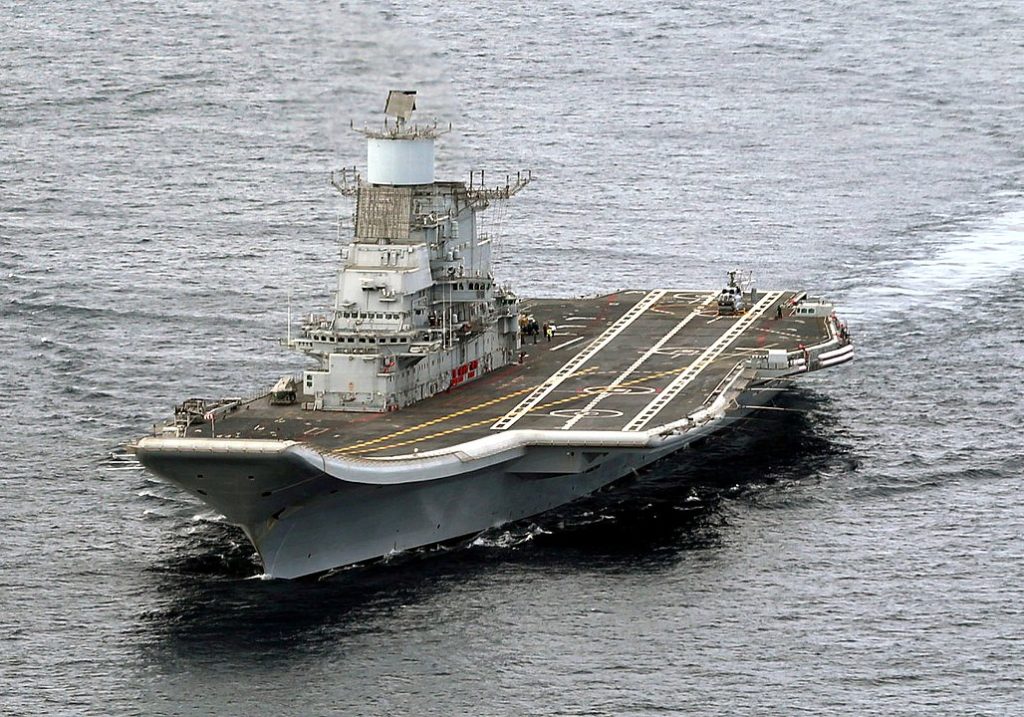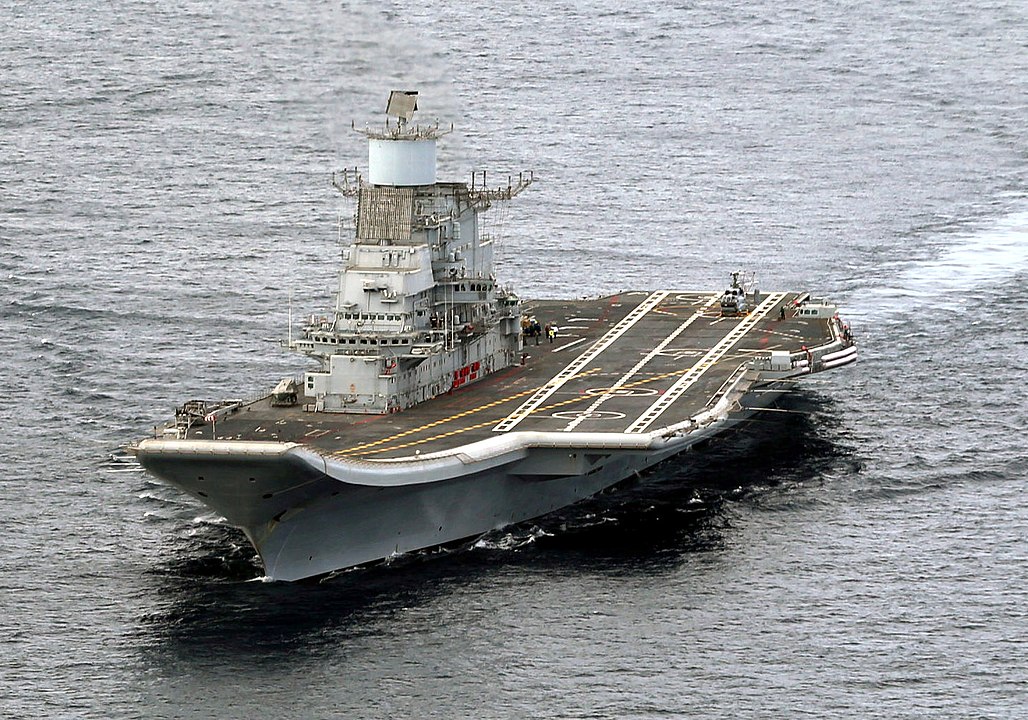
I learned this today. On November 14th, 1910, Eugene Ely flew a plane off a ship, technically making that ship the first ever aircraft carrier. He made the first takeoff and landing in 1911.
It was a flying event in Belmont Park, New York and Eugene Ely was trying to prove that it was possible to take off from a ship. He used the warship, the USS Birmingham, that had been fitted with a 25-meter runway. He was flying a seaplane, with floats instead of wheels. The plane took up space when it was stationary and couldn’t start at the very start of the runway, so it only had 17m of usable runway. The runway was built sloping down to give more speed. The ship was supposed to be moving, which would also have added speed, but the weather stopped that, and it was stationary. He made the takeoff, didn’t have enough speed, hit the water, broke his propellor, bounced up, flew for 5 minutes, and landed on a beach. Still, it was the first takeoff from a ship.
The next year, January 1911, he managed to land on a ship. He used a system of sandbags and ropes to stop himself. A hook on his plane caught the ropes and successfully stopped the plane. Unfortunately, Ely was killed in a plane crash in October of the same year. This system of hooks is the same one that is still used today. However, high tensile cables are used in place of rope.
During the First World War, the necessity of planes became clear and the merchant ship HMS Ark Royal, was converted to carry planes. However, the ship was not meant to be a takeoff and landing platform. It carried seaplanes and they would be lowered into the water to take off and then hoisted back on after they landed in the sea. The ship was too slow to sail with other ships and was used more as a base for spotter planes.
The next step in the evolution of the aircraft carrier was the HMS Furious, which had a flight deck. However, the flight deck was broken into two pieces. At a shade under 50m, it was just long enough for planes to take off from, but it wasn’t long enough to land on. In 1917, Squadron Commander E. H. Dunning wanted to prove that it was possible to land on a moving ship at sea. He managed, although, unfortunately, he was killed 5 days later trying to do it again. With the split deck, landing meant angling the plane around the ship’s superstructure. The first ever carrier-launched airstrike took off from this ship in 1918. Seven planes based on the HMS Furious attacked a Zeppelin base in Germany.
The first ship with a full-length flat deck was the HMS Argus, converted in September 1918, but the first purpose-built aircraft carrier was Japan’s Hōshō, commissioned in February 1924. The American aircraft carrier, HMS Hermes, was started earlier, but completed later.
Aircraft carriers came into their own in World War Two. They were used to strike at overseas targets but, perhaps more than that, they were used to strike at other ships. Aircraft flying off aircraft carriers sank the Japanese super battleships Musashi and Yamato. By the end of World War Two, America had 105 aircraft carriers of different sizes.
In the 1950s, the angle of the runway was changed. Up until then, there was one straight runway used for takeoffs and landings. The parked planes would be protected by a crash barrier so that any landing planes overshooting the hooks would hit that. A lot of damage and even death could be the result. In the 1950s, they angled the landing runway at 9° from the takeoff runway. That meant that if a landing plane missed the hook, they could just go to full power and take off again.
Also in the 1950s, the catapult that launches the planes to takeoff speed was converted from a hydraulic catapult to a steam-powered catapult. It uses steam from the ship’s boiler to power it. The ships also had to be adapted for jet planes which are heavier and have a faster landing speed.
There are estimated to be 46 aircraft carriers worldwide now. Many of them are nuclear powered and they can stay at sea for months at a time. However, long distance targeted missiles have made them very vulnerable. Another evolution in aircraft carriers is probably necessary.
So, the first takeoff from a ship was in 1911. Ships were converted to carry seaplanes during World War 1, but it was in World War 2 that the necessity of aircraft carriers became obvious. And this is what l learned today.
Image:
By Indian Navy – http://indiannavy.nic.in/naval-fleet/ins-vikramaditya, GODL-India, https://commons.wikimedia.org/w/index.php?curid=40411588
Sources
https://en.wikipedia.org/wiki/History_of_the_aircraft_carrier
https://en.wikipedia.org/wiki/HMS_Furious_(47)
https://en.wikipedia.org/wiki/Eugene_Burton_Ely
https://en.wikipedia.org/wiki/HMS_Ark_Royal_(1914)
https://airandspace.si.edu/multimedia-gallery/web11687-2010640jpg
https://www.lacrosselibrary.org/sites/default/files/u117/05-aircraft_carriers_rule_the_pacific.pdf

